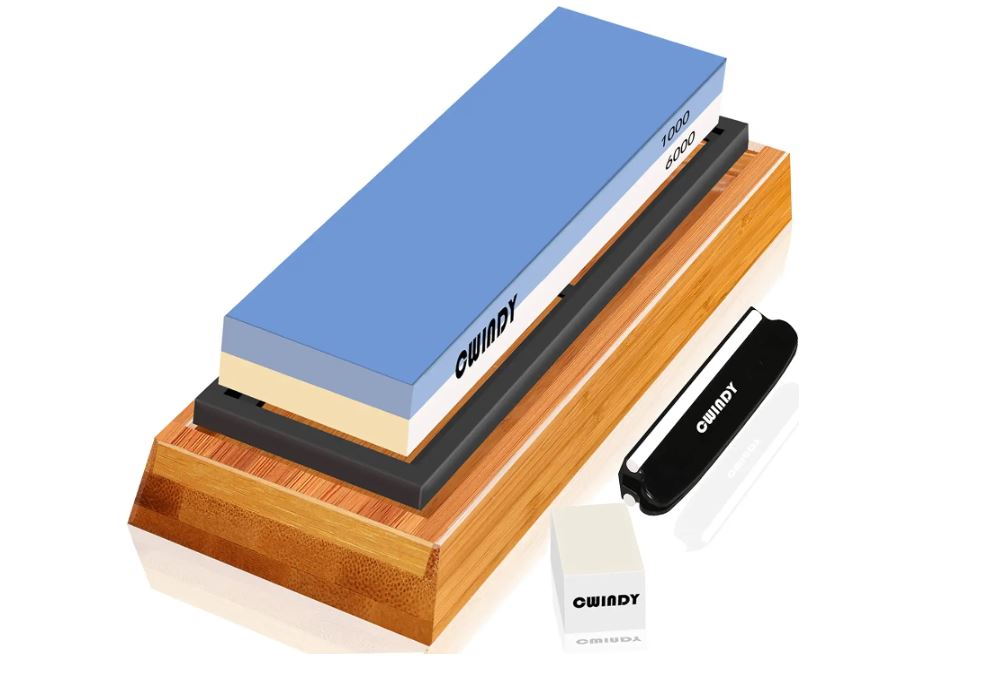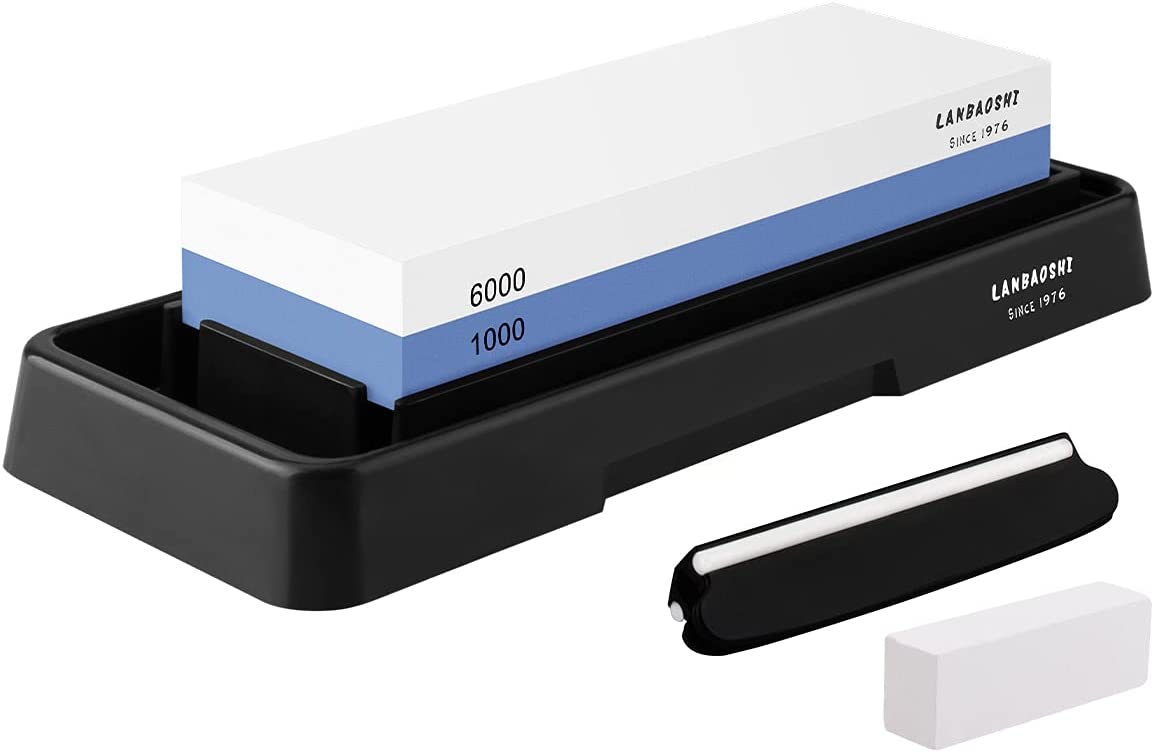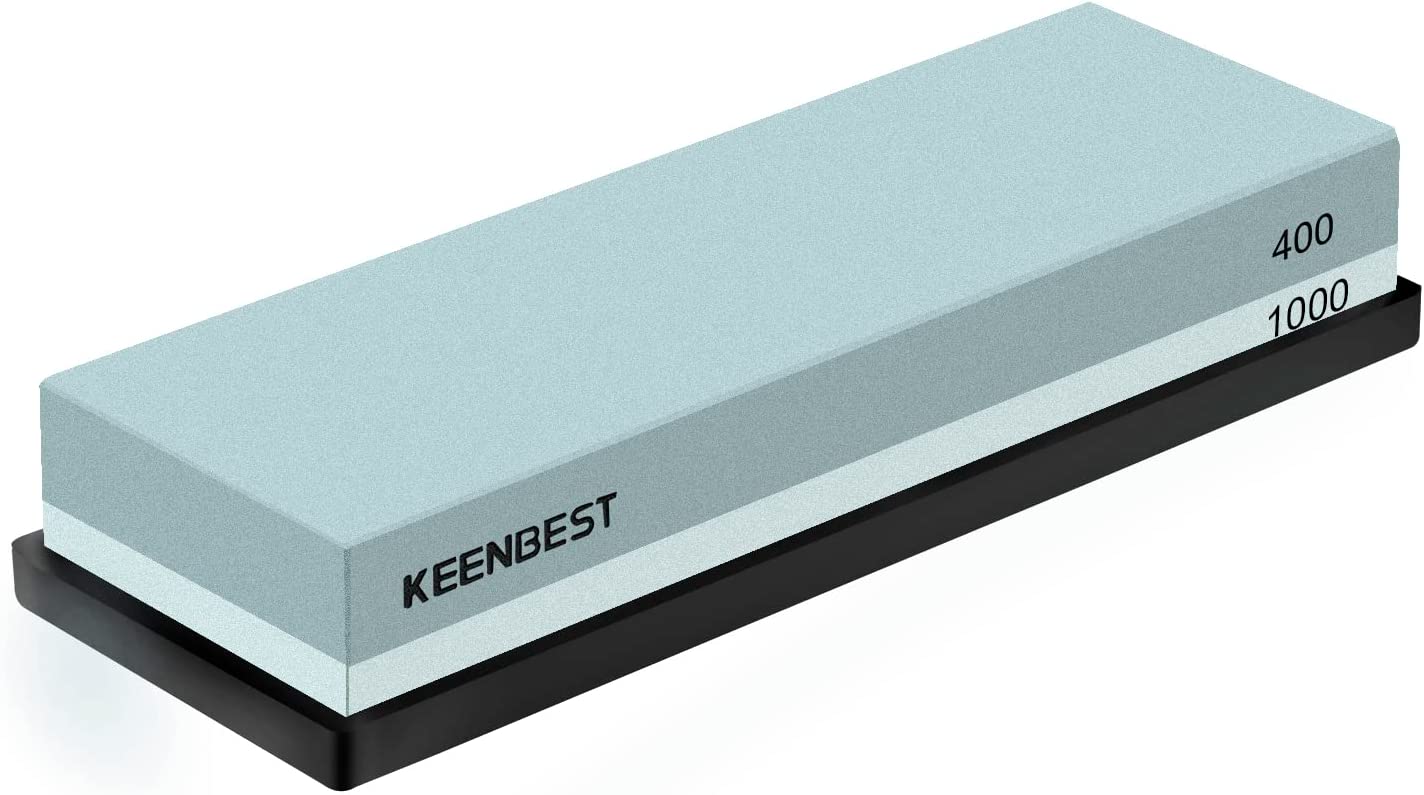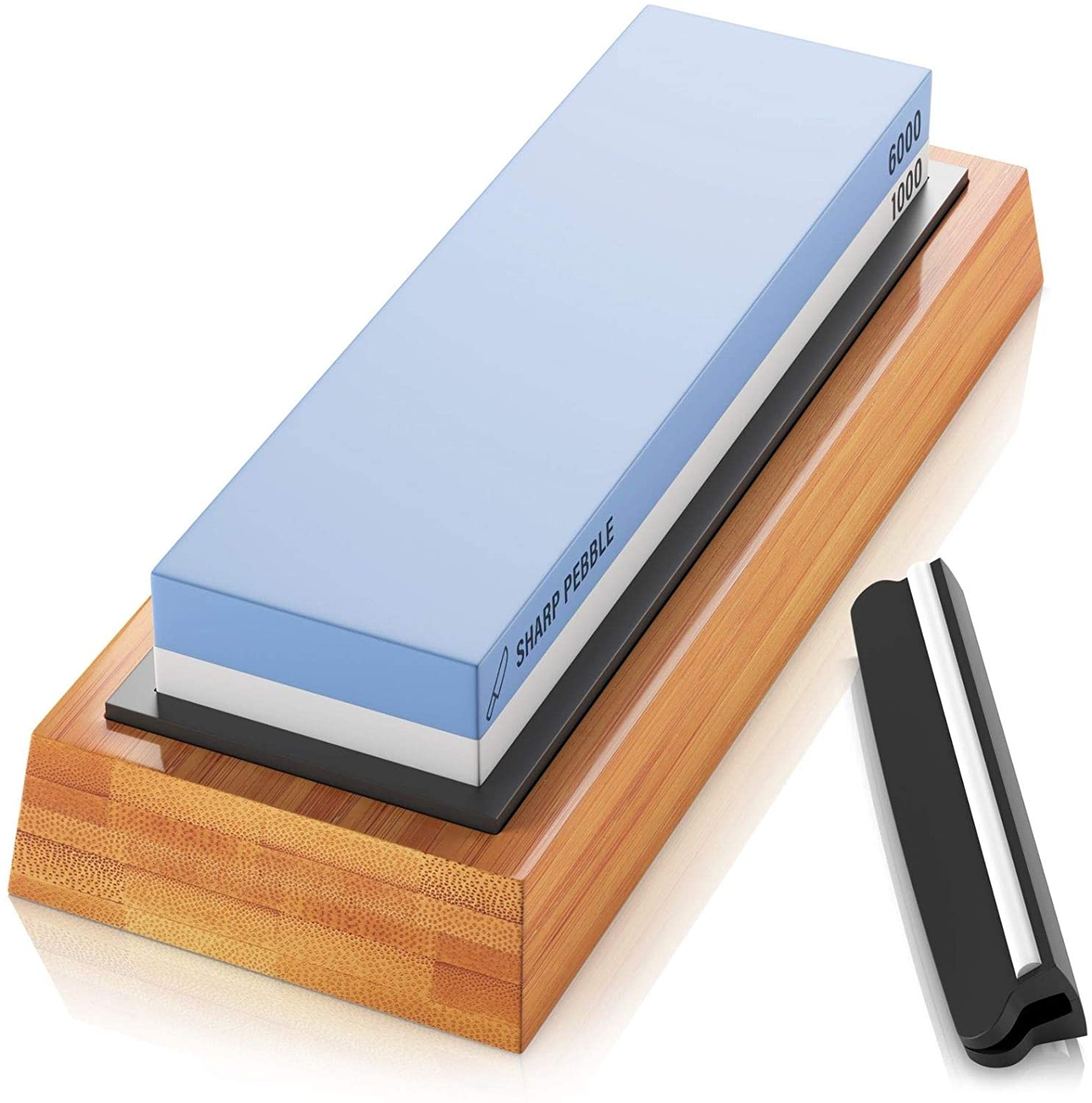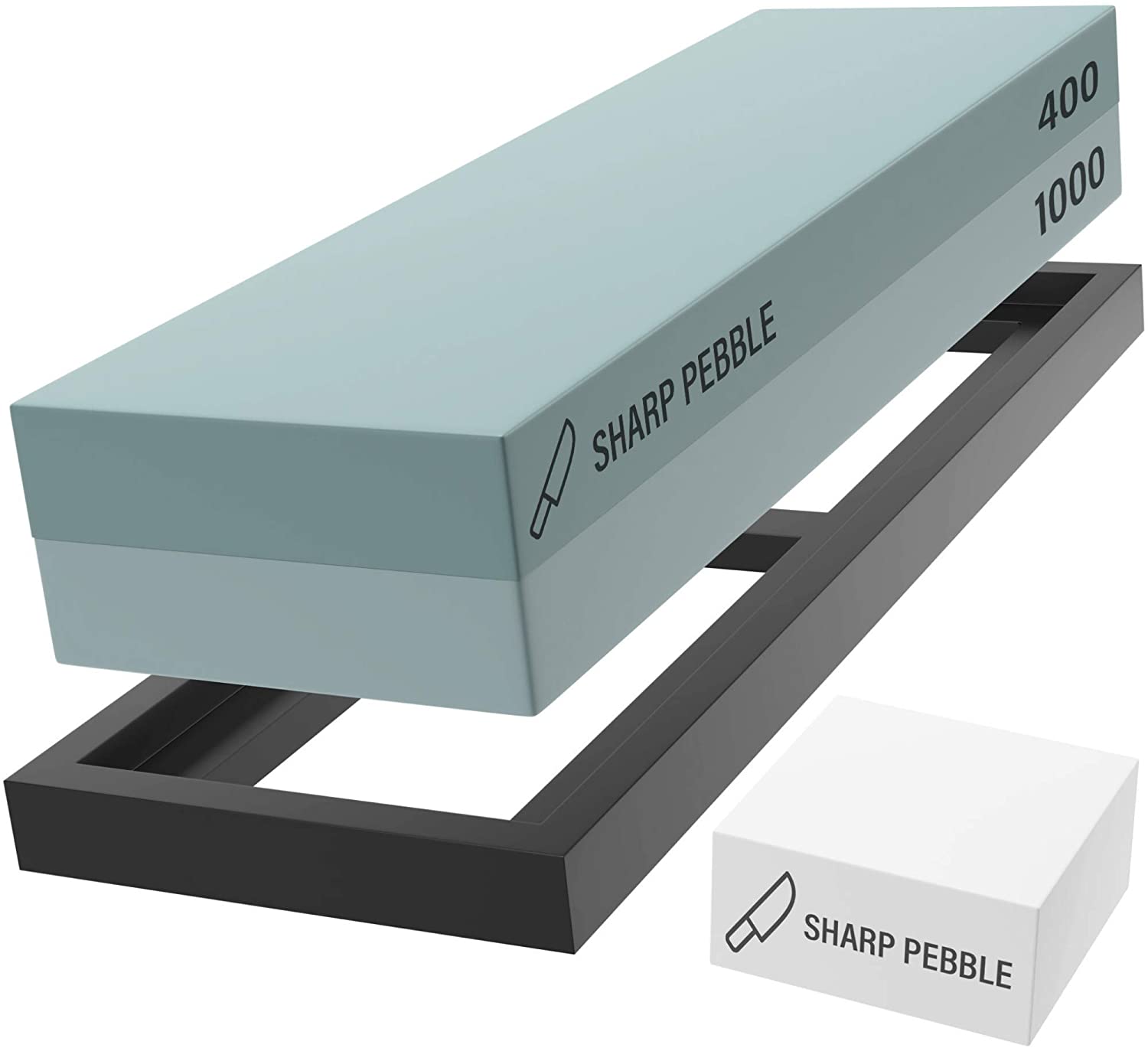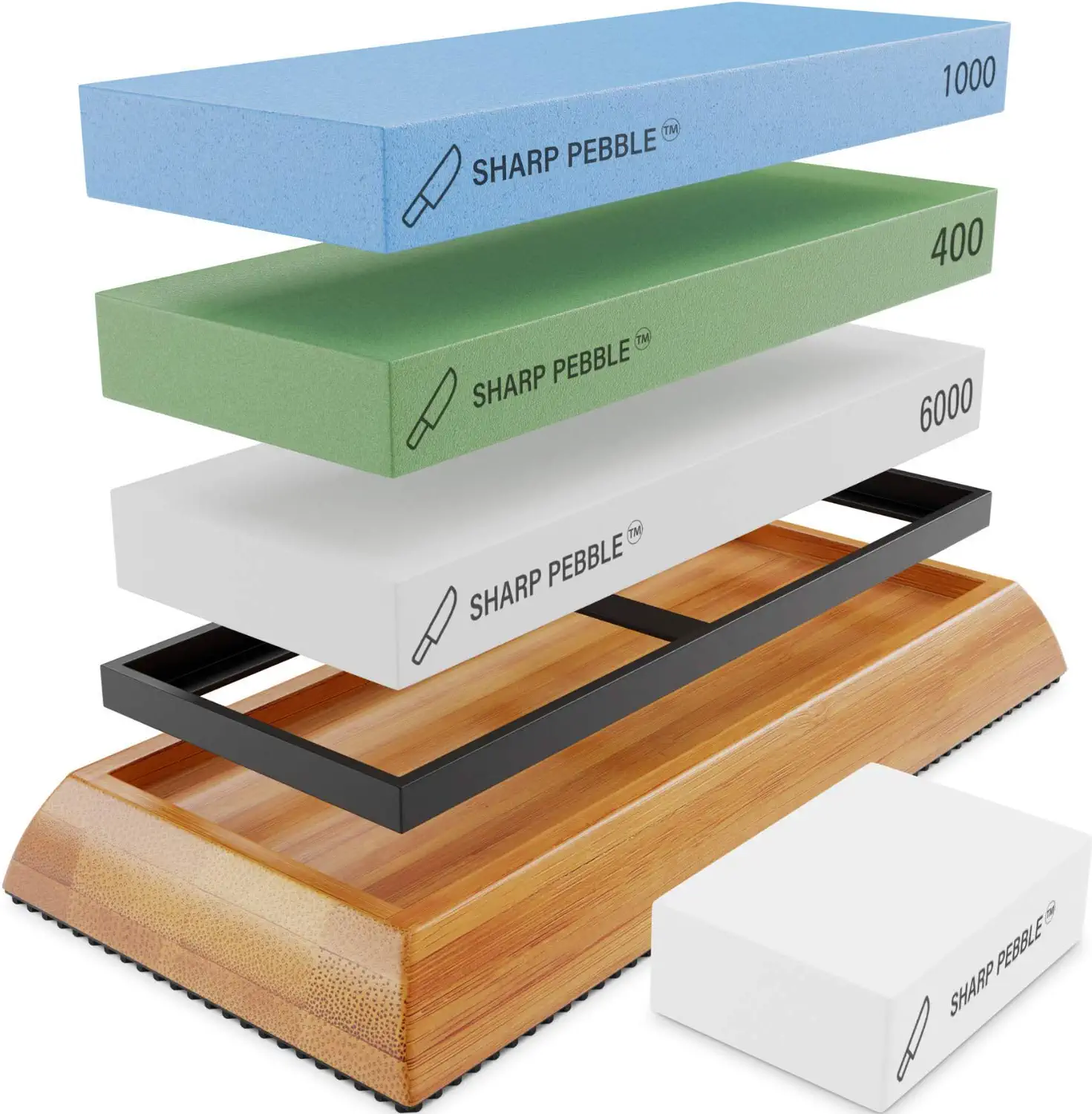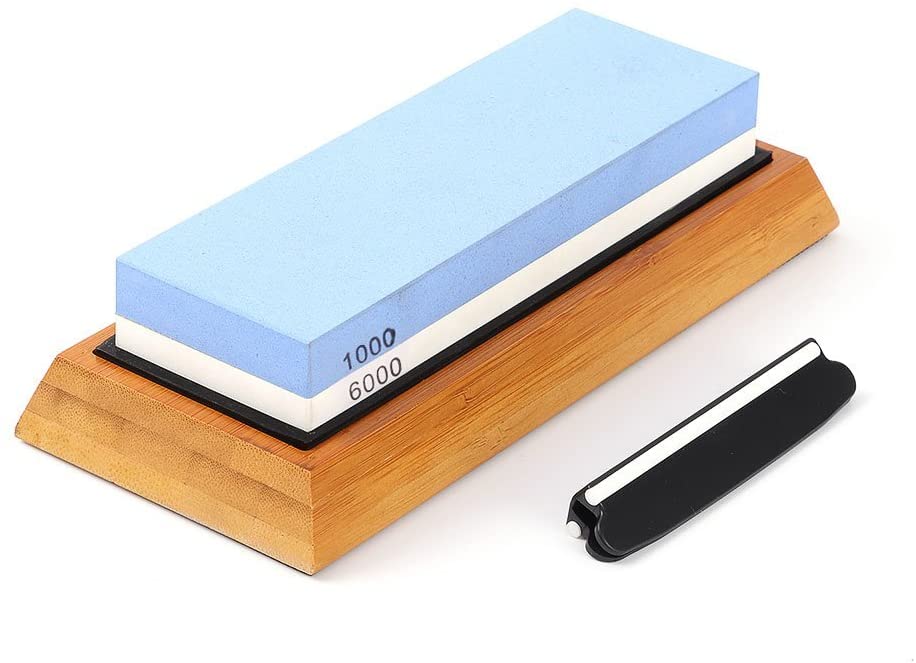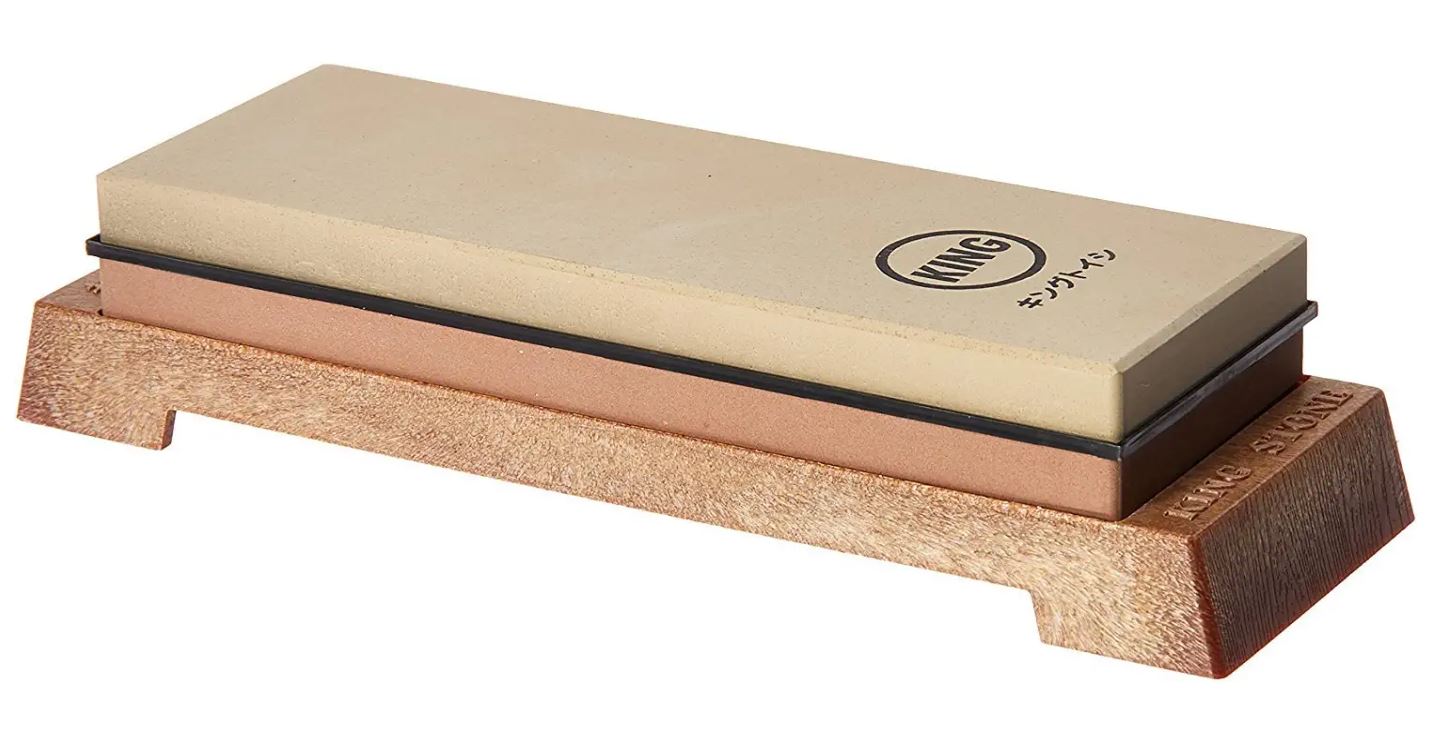CWINDY Double-Sided Polishing Whetstone
Last updated: November 20, 2023
You get coarse and fine grit sides with this natural water stone that is known for its high quality. This option also comes with a sharpening guide and a fix stone.
We looked at the top Whetstones and dug through the reviews from some of the most popular review sites. Through this analysis, we've determined the best Whetstone you should buy.
Product Details
Key Takeaway: If you just want a basic whetstone kit, this product doesn't disappoint, with its non-slip base and dual-sided surface for light and heavy sharpening.
In our analysis of 14 expert reviews, the CWINDY Double-Sided Polishing Whetstone placed 5th when we looked at the top 8 products in the category. For the full ranking, see below.Expert Reviews
What reviewers liked
A great choice for beginners or those who need something cheap and relatively reliable in maintaining their kitchen knife set.
What reviewers didn't like
the angle of the flattening stone could have been better
View our Whetstone buying guide for in-depth advice and recommendations.
